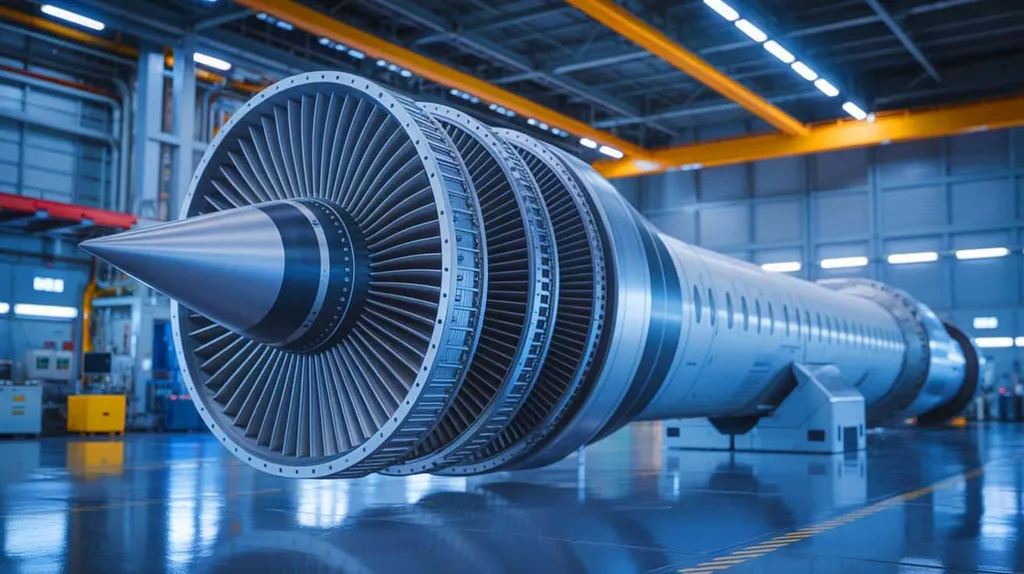In a significant stride for the energy sector, researchers have successfully piloted the production of advanced 12% chromium (12%Cr) type steels for turbine blades, a development that could enhance the efficiency and longevity of power generation equipment. The study, led by Luo Tongwei and published in the journal ‘Teshugang’ (which translates to ‘Iron and Steel’), details the production process and the promising properties of these steels.
The research focused on two specific types of 12%Cr steels: 1Cr12Mo and 2Cr12NiMo1W1V. These materials are crucial for turbine blades due to their high strength, corrosion resistance, and ability to withstand extreme temperatures. The production process involved using an Electric Arc Furnace (EAF) combined with Vacuum Oxygen Decarburization (VOD) and Electro-Slag Remelting (ESR) techniques, followed by rolling in an 825mm mill.
One of the key findings was the successful control of δ-ferrite content, a critical factor in the performance of these steels. “The δ-ferrite content in the steel was maintained below 5%, meeting the standard requirements,” noted Luo Tongwei. This achievement is significant because excessive δ-ferrite can negatively impact the mechanical properties of the steel, reducing its effectiveness in high-stress applications like turbine blades.
The researchers also found that using Ca-Si, Si-Al, and Ba as finishing deoxidizing agents during the electrode melting process significantly improved inclusion removal during the ESR process. This refinement is crucial for enhancing the steel’s purity and, consequently, its performance.
The implications for the energy sector are substantial. Turbine blades made from these advanced steels could offer improved durability and efficiency, leading to more reliable and cost-effective power generation. As the demand for cleaner and more efficient energy solutions grows, innovations like these are poised to play a pivotal role in shaping the future of the industry.
“This research represents a significant step forward in the development of high-performance materials for the energy sector,” said a spokesperson for the industry. “The ability to produce these advanced steels with such precise control over their properties opens up new possibilities for enhancing the performance of power generation equipment.”
As the world continues to seek sustainable and efficient energy solutions, the development of advanced materials like these 12%Cr type steels will be crucial. The research published in ‘Teshugang’ not only highlights the technical achievements but also underscores the potential commercial impacts, paving the way for more robust and efficient turbine blades in the future.

